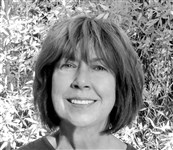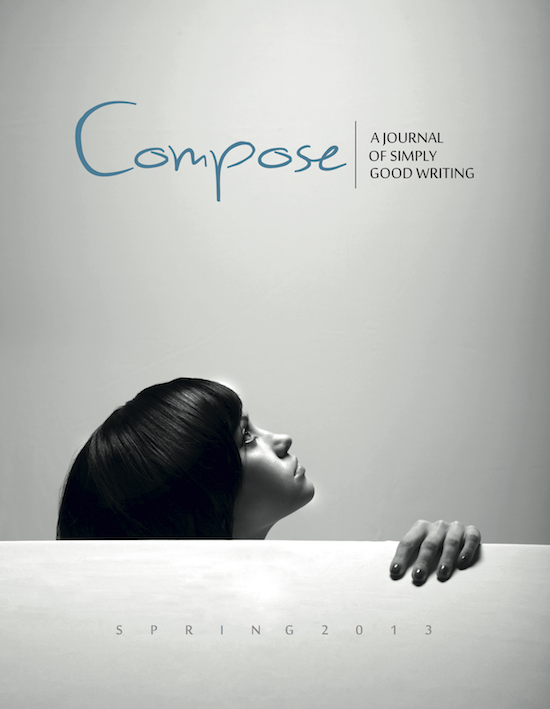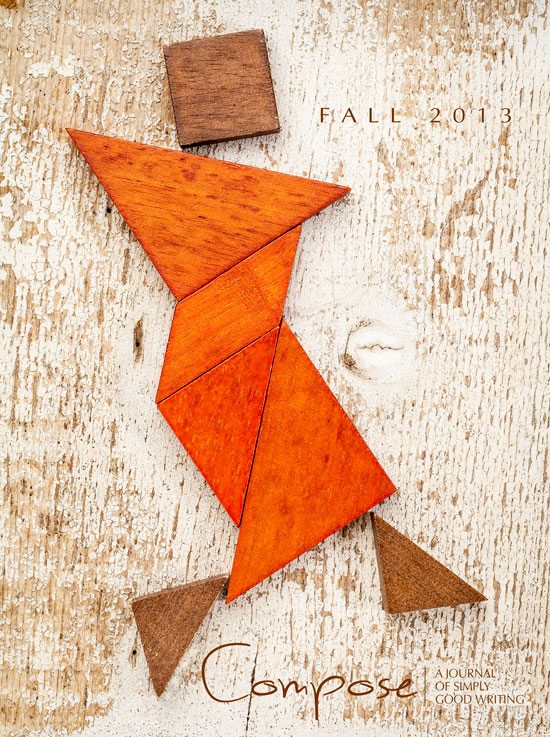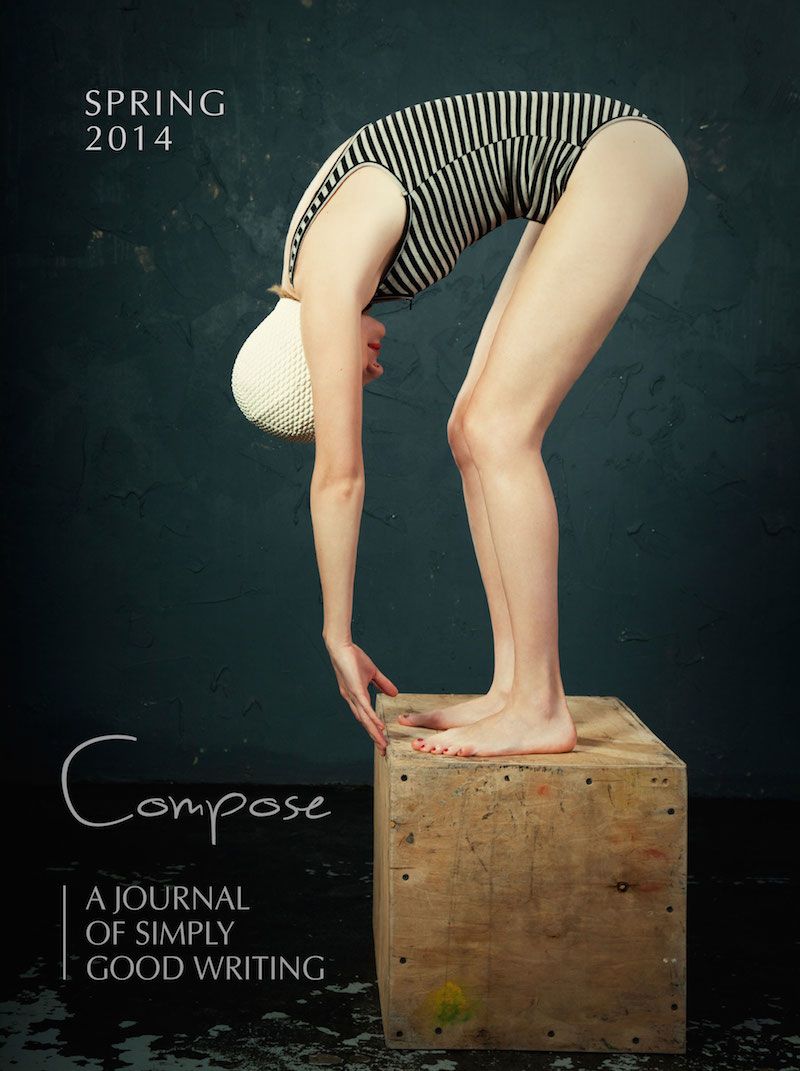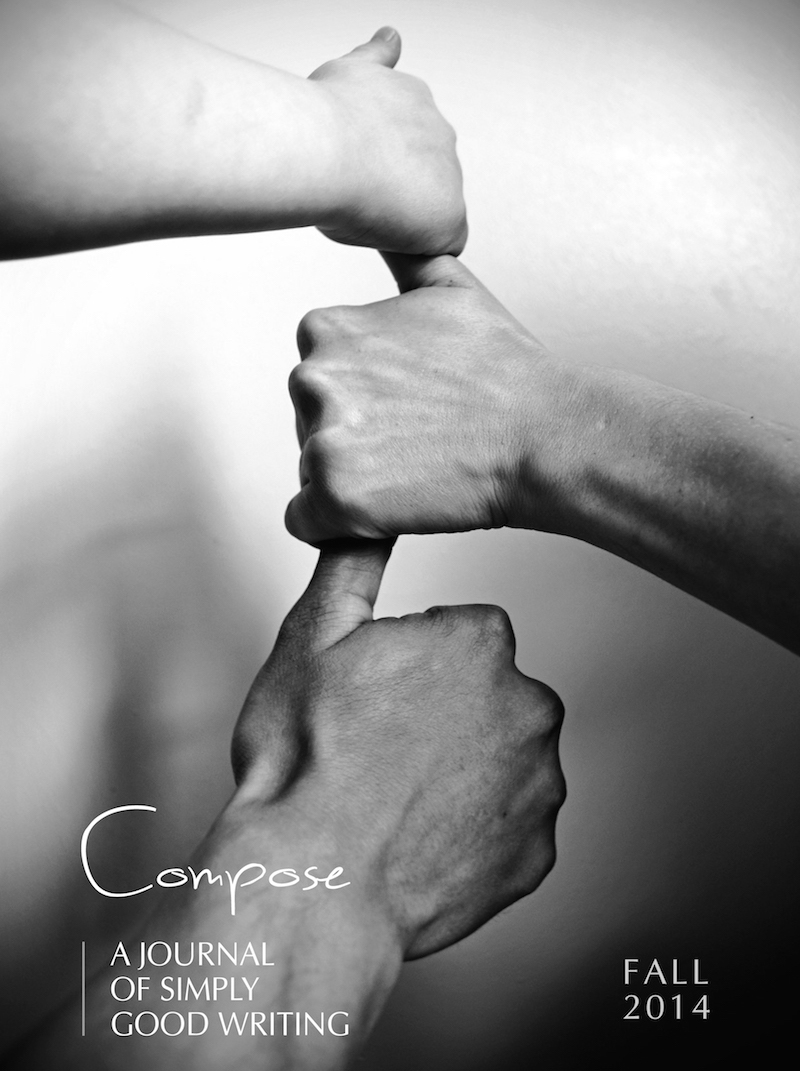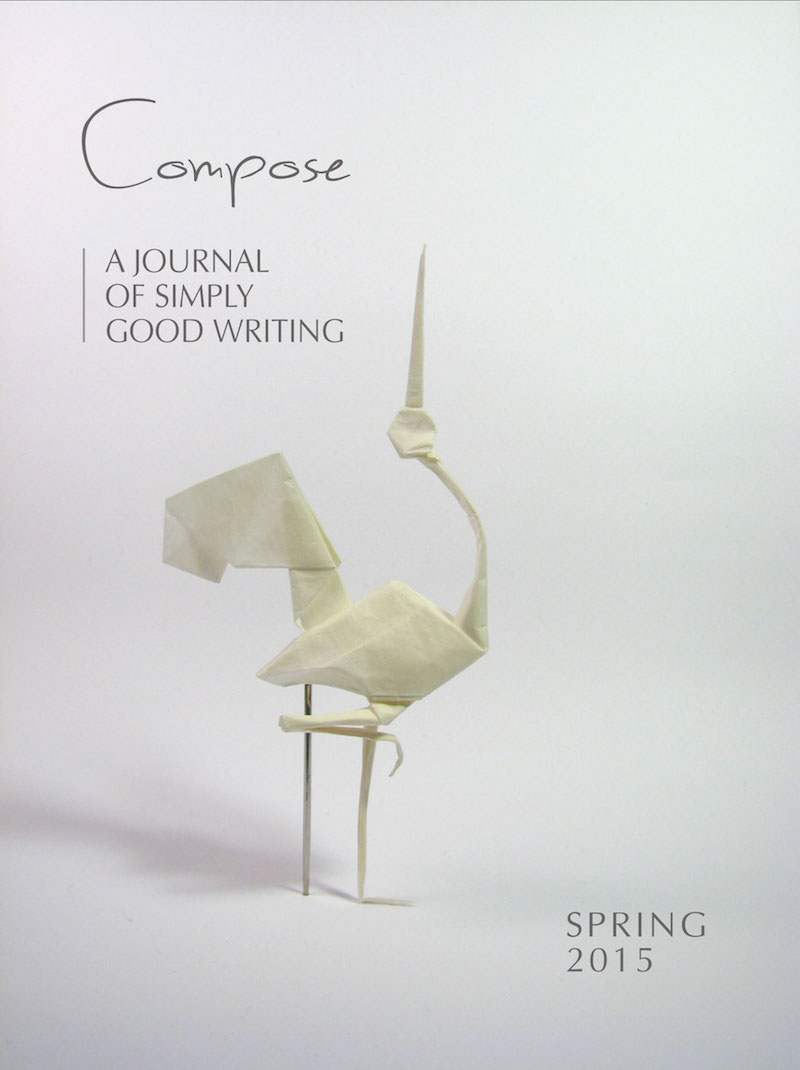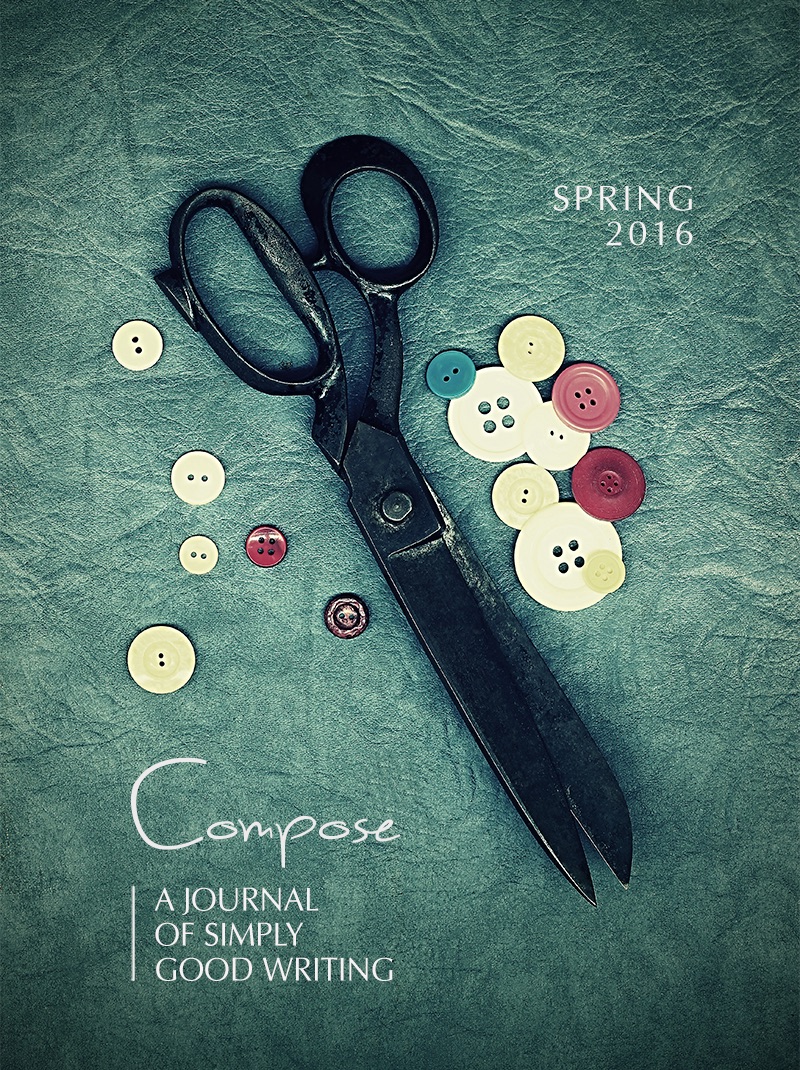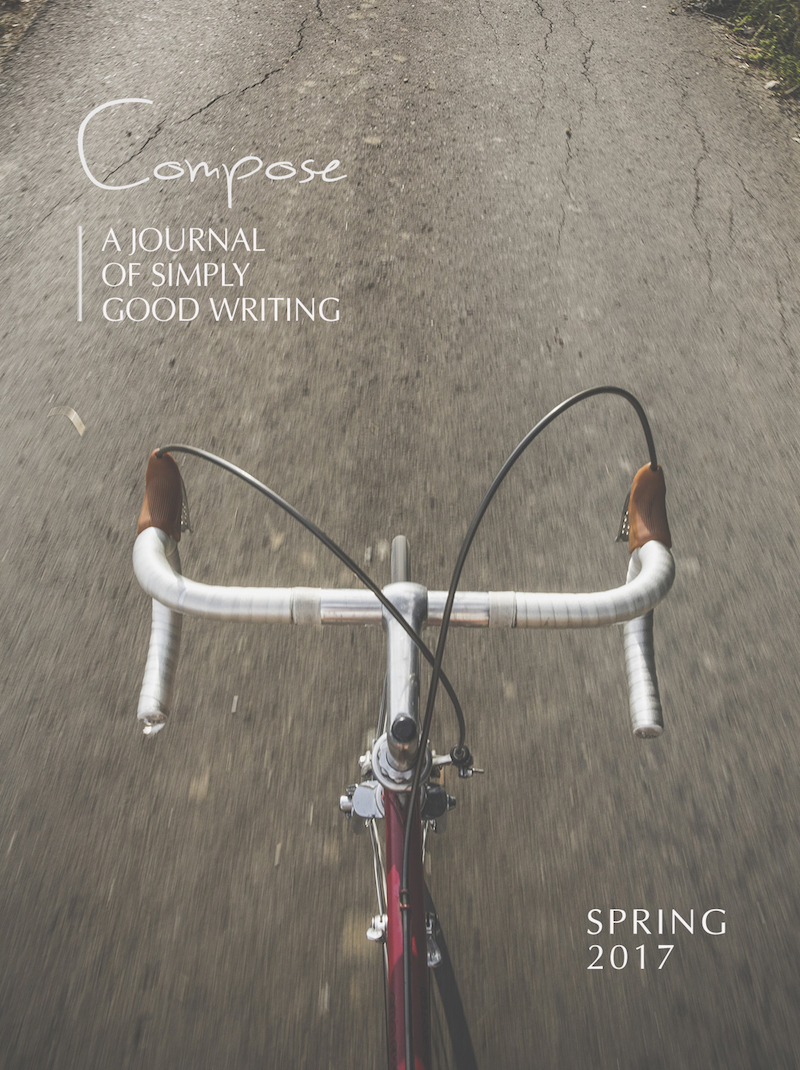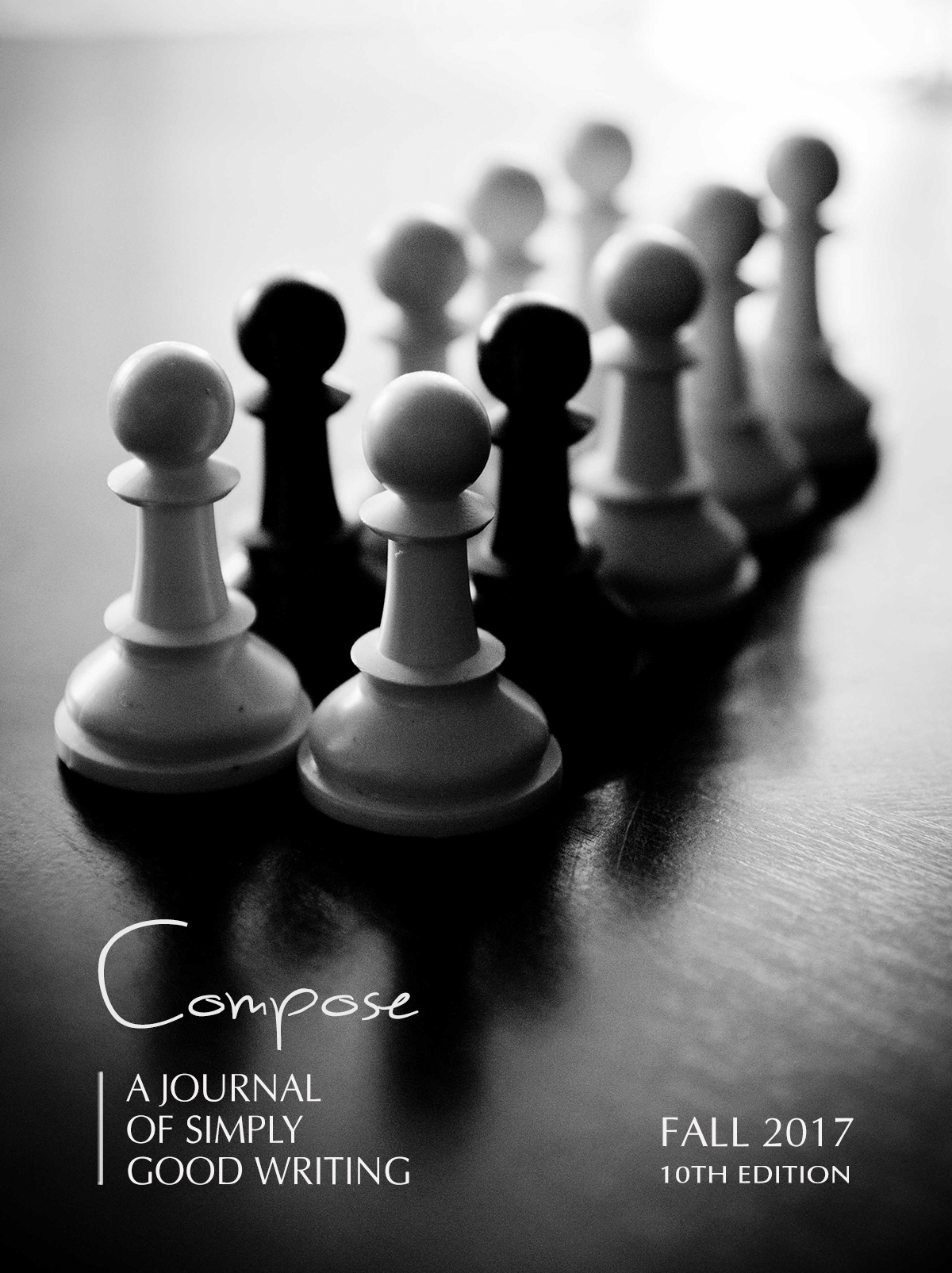‘I Love You’ Says the Heart
We can come to terms with things that can’t be seen,
and reconcile ourselves to the fact that this
need not be tied to a belief in the supernatural.
Who stands behind the door that has just closed?
And from the shards of broken pottery on the asphalt—
can you reconstruct what the jar looked like?
Or was it a vase?
The air, that phantasmagoric tease, isn’t to be
confused with the wind, intimately raking back
our hair or insolently bending trees to its will.
Who wears the shoes with the pattern of radio
waves on their soles? And who has seen radio waves?
The difference between things that can
be measured, but never seen, and things
that will never be seen can be understood.
This recognition will lessen our frustration
and cause us to love shadows even
if we sometimes fear darkness.
This isn’t a how-to manual; No metaphysical
claims are being made but absences
are being described. Absences that resonate
with their own importance—
what the roots of a tree look like, or a seed
swelling in spring-warmed earth, what people
wear beneath their skin, what is really inside
the book, under the child’s bed. What was
the message in the unopened letter you burned?
What does a quark look like?
It’s not meaningful to speak of optical
properties of subatomic particles,
especially components of nucleons.
They’ll never be seen, merely believed in,
theorized about. Or the universe itself—
can it be seen? The universe is a fist,
opening and closing like a pulsing heart
I love you, says the heart, but you
will never look upon me.

